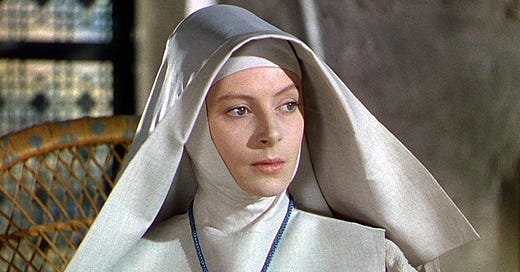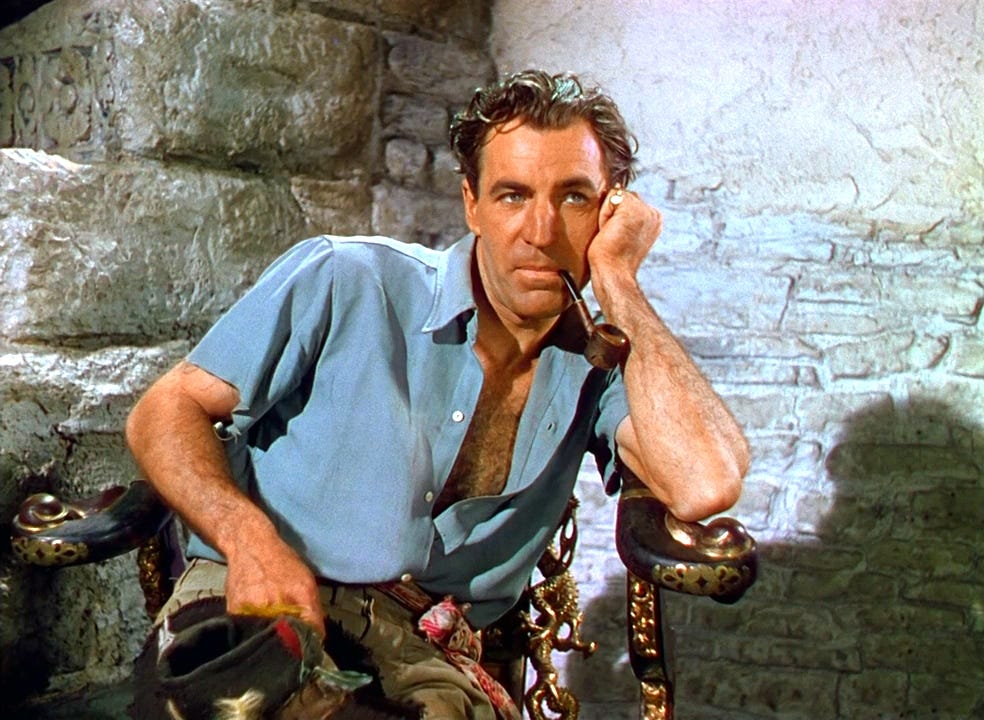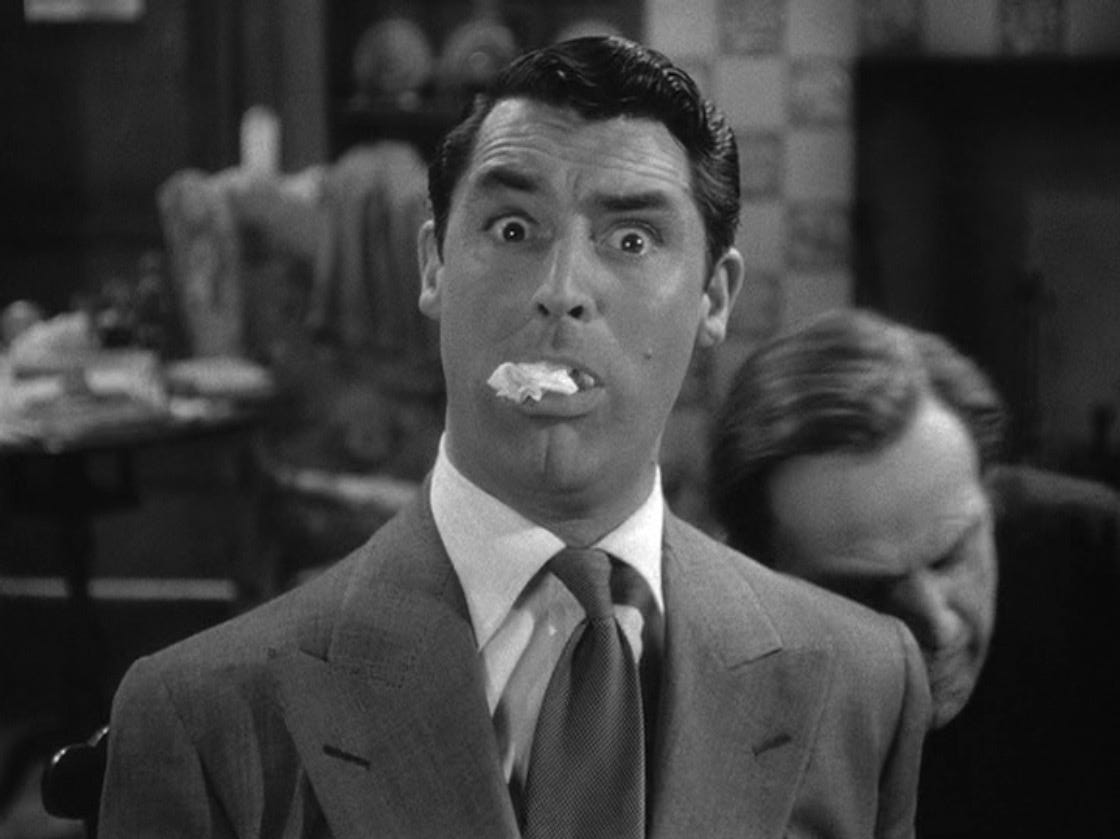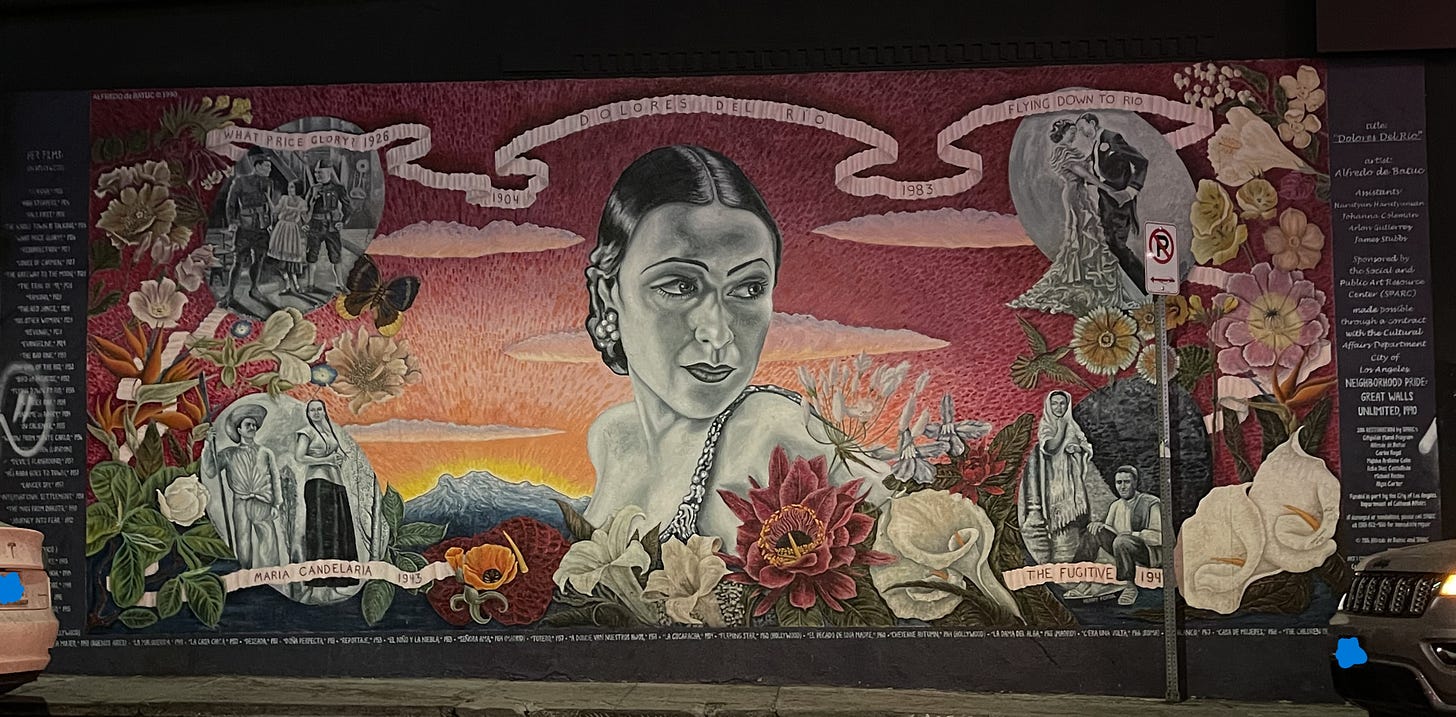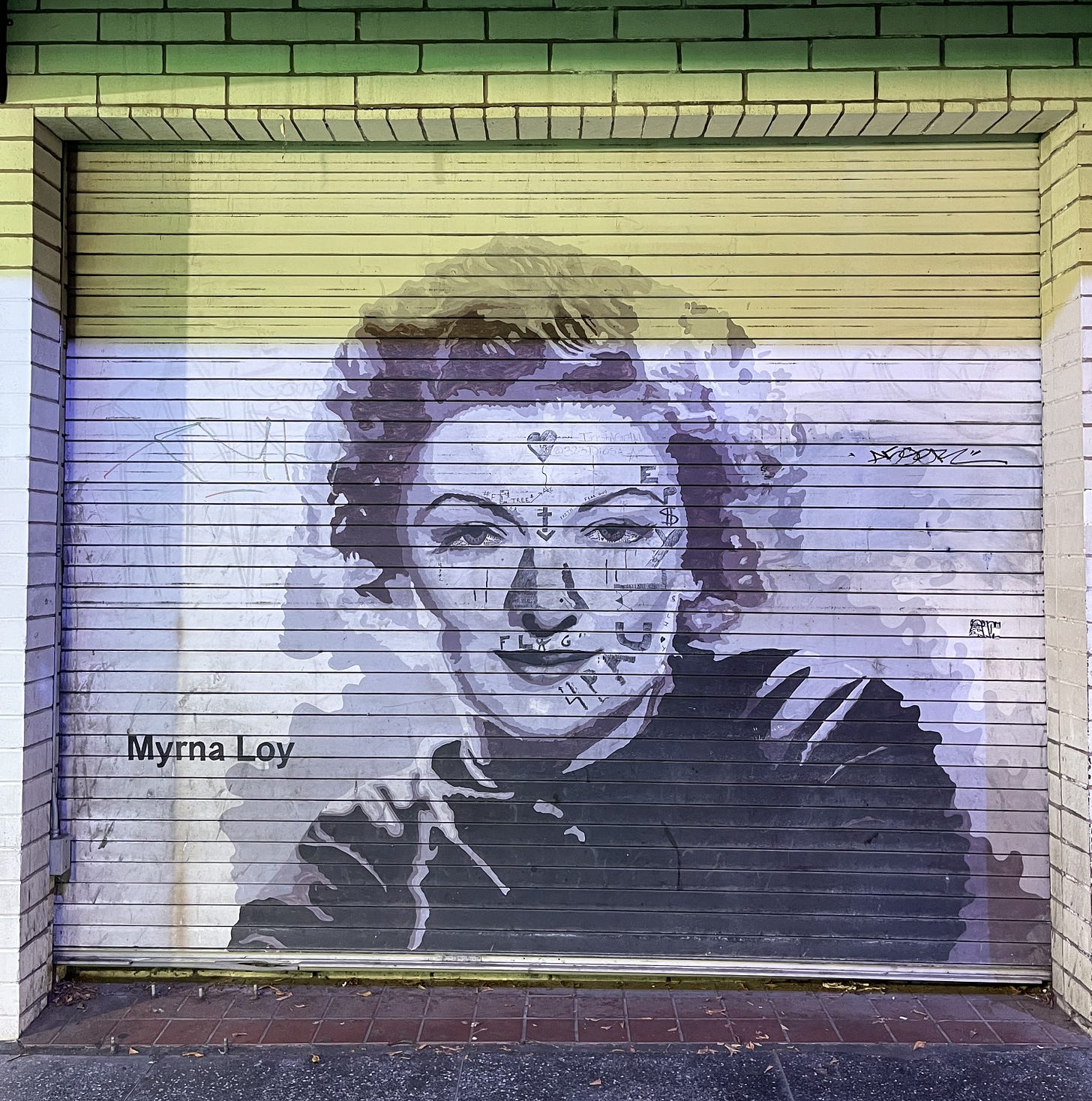Sometimes, you’ll make the best decisions on a whim. That was the case a few weeks ago when I spontaneously bought a ticket to see the Archers’ provocative psychological drama Black Narcissus (1947) in 35mm Nitrate at the Academy Museum’s David Geffen Theater, playing as a part of the museum’s new film series Tellers of Tales: The Films of Powell & Pressburger. Additionally, the legendary and visionary Thelma Schoonmaker—editor of many Martin Scorsese films and the wife of the late Michael Powell—was scheduled to introduce the film and stay for a Q&A afterward.
To most of my friends, the idea of driving six hours to Los Angeles and back two days later to watch a movie seemed ludicrous. But when it’s a film by one of your favorite directors, starring one of your favorite actresses, showing on an exceptionally rare nitrate print, and Thelma Schoonmaker would be there in person, there was no way I could miss it. As someone who lives in a town where tentpole films dominate the big screen and indie or older films are rare sights, I knew this might be my only opportunity for a long time.
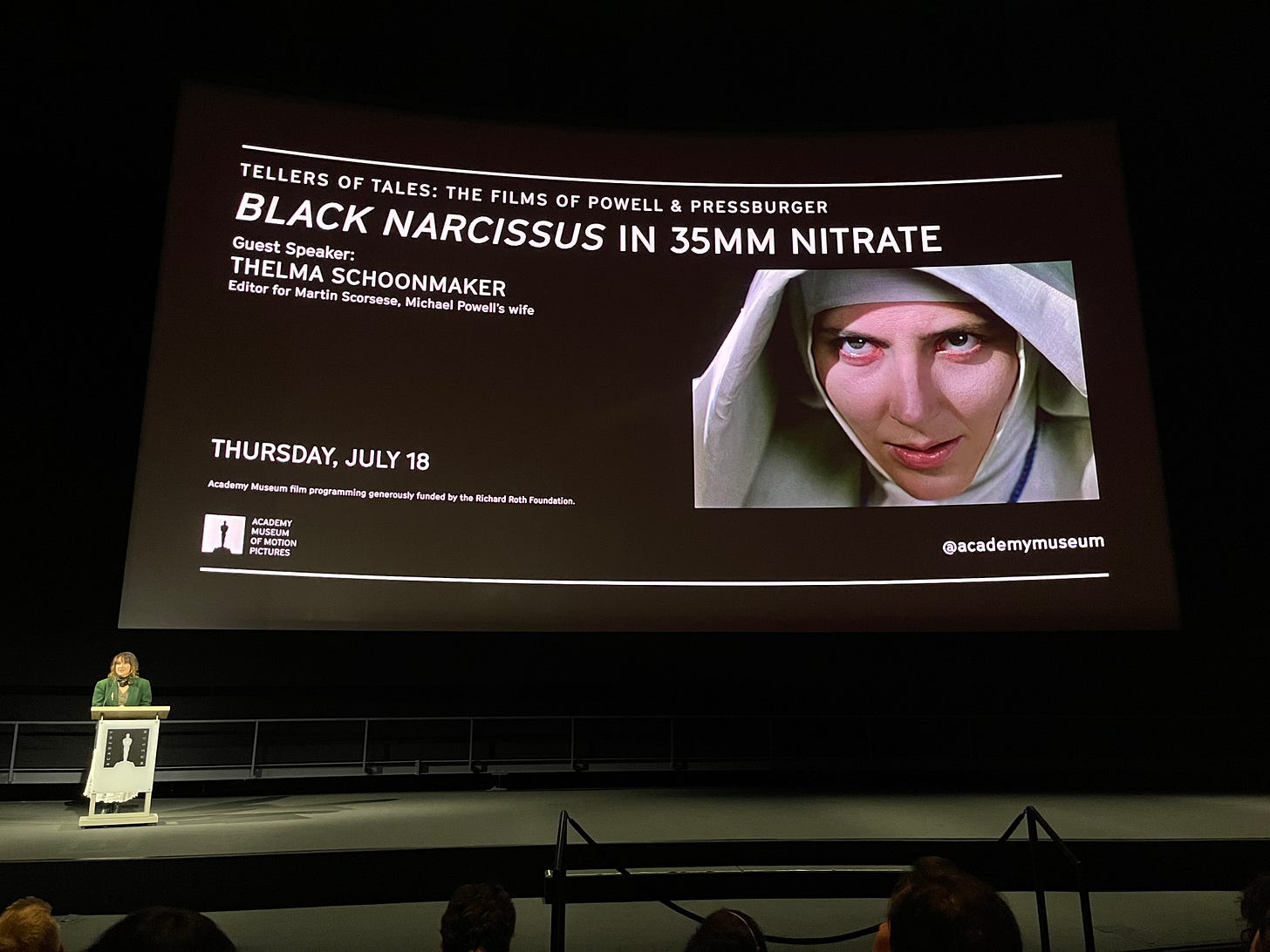
After a delicious meal at my favorite Nicaraguan spot in Los Angeles, Portobanco's Restaurant1, I made my way to the Academy Museum. While I had visited the museum before, I had never been inside the David Geffen Theater. I was awestruck by its immense scale! It felt as though I was stepping into a cathedral of cinema.
Before the screening began, K.J. Relth-Miller, Director of Film Programs at the Academy Museum, expressed gratitude to everyone who made the event possible and revealed that the nitrate print was an original 1947 release print from the Academy Museum archive. As a film history nerd, I was thrilled. Watching a film from the past is exciting in itself, as it allows you to witness history unfolding and connect with bygone eras. However, knowing that the film you’re seeing is projected from a reel over 75 years old adds an extra layer of depth and significance.
As expected, the presentation was gorgeous. This was only my second time experiencing a nitrate print, with my first being Night Has a Thousand Eyes (1948). But this was my first time seeing a nitrate print in Technicolor.
For those who have seen Black Narcissus (1947), you know how pivotal color is to the film, particularly the color red. Watching it at home offered only a hint of its vividness, but seeing it projected from nitrate film on the big screen was an entirely different experience. As the nuns descended deeper into madness, the hues seemed to burst with an intensity that reflected their psychological unraveling. In that dark theater, with a packed audience, the vibrant palette felt almost palpable, drawing us into the nuns' descent and making it feel as if we were experiencing their unraveling alongside the oppressive and surreal atmosphere of the Himalayan mountains.
This immersive viewing experience also brought to light some details I hadn’t fully noticed before. For instance, David Farrar’s subtle “teases” throughout the film were much funnier than I’d realized alone. While I’d always picked up on the underlying sexual tension he brings to his visits to the convent, hearing the audience laugh made me see just how amusing those moments can be. The film’s mounting tension only made the humor stand out more. Now, I won’t be able to help laughing at those parts the next time I watch this film.
Thelma Schoonmaker and K.J. Relth-Miller's Q&A afterward was as brilliant as the presentation. Schoonmaker, among other things, talked about how Powell & Pressburger’s collaboration was based on love and mutual respect for one another, how their films focus on eliciting powerful emotion instead of sentimentality, and how The Life and Death of Colonel Blimp (1943) is her favorite Archers production. Schoonmaker also touched upon her recent documentary with Martin Scorsese titled Made in England: The Films of Powell and Pressburger. If you haven’t had the chance to watch it, I highly recommend it! Nothing is better than hearing Martin Scorsese wax poetic about the films he loves, which this documentary delivers in spades.
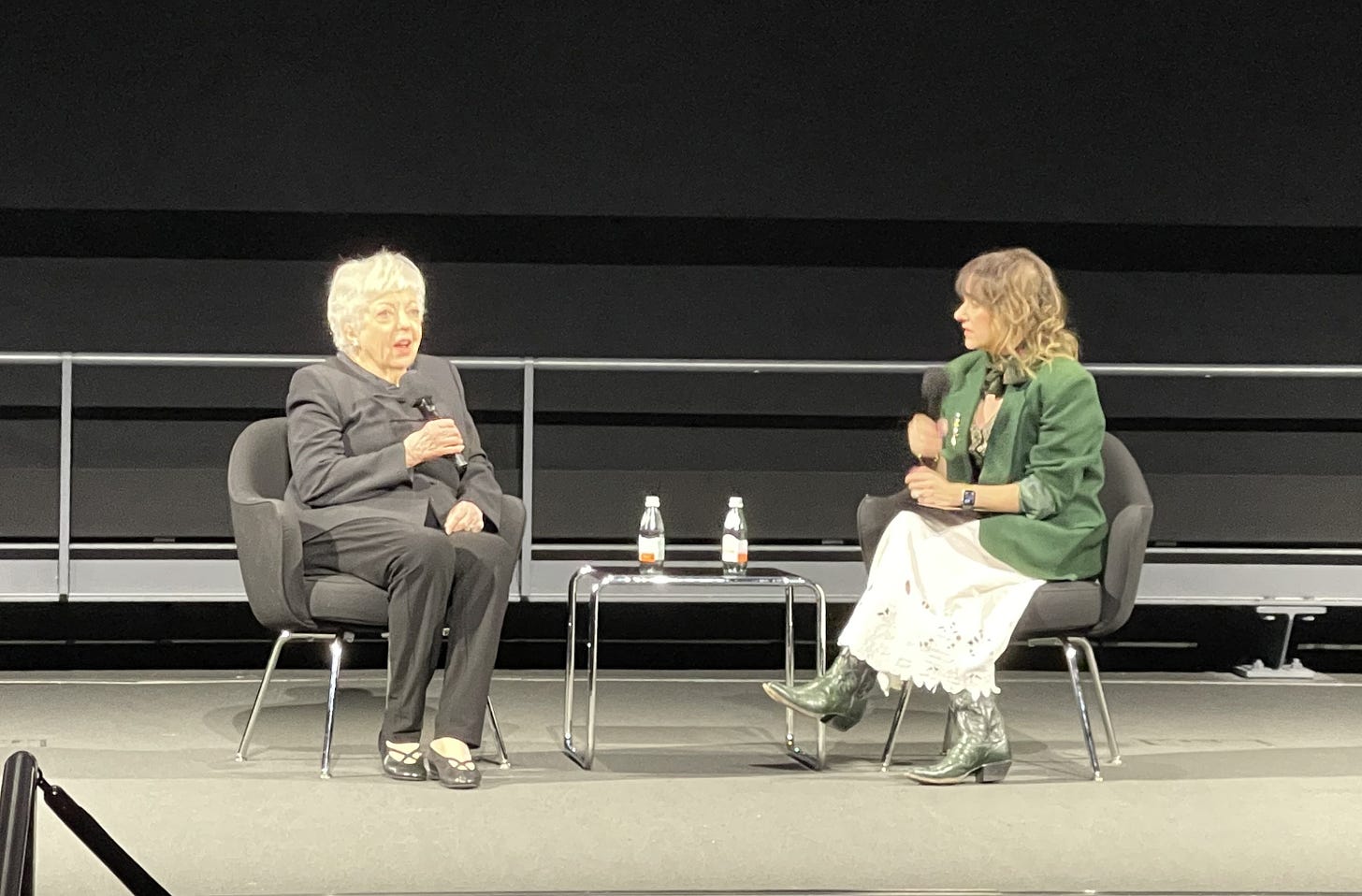
However, one of the most memorable insights from the Q&A was learning about Michael Powell’s role as a mentor to Martin Scorsese. Schoonmaker revealed that Powell had suggested the ending for After Hours (1985) and had encouraged Scorsese to persist with Goodfellas (1990) despite repeated studio rejections due to its "drug content." As a young professional, this resonated deeply with me. Finding someone in your field who genuinely believes in and supports you is incredibly rare and valuable. It’s even more profound when that person is someone you deeply admire. Having a mentor who has experienced it all and can help you navigate the challenges is priceless. I’m glad that Powell was that figure for Scorsese.
Schoonmaker ended the Q&A with a quote that alone made the trip to Los Angeles worth it2:
“When Michael died, I frankly didn’t want to live. But he left a furnace burning inside of me, which is his legacy. And I knew he wanted me to take care of that, along with Marty. So Marty and I have not only shared the greatest job in the world, editing his movies, but the legacy of Michael and Emeric, and we talk about it all the time. It’s a wonderful gift.”
There wasn’t a dry eye in the crowd.
As a critical overthinker, I was thrilled that my heart had triumphed over my mind for once, leading me to make the trip to Los Angeles. Watching the film on the big screen with a packed theater of cinephiles and hearing Thelma Schoonmaker speak in person exceeded all my expectations. I’m grateful for this experience and will cherish it as a vivid reminder of the importance of seizing the moment—Carpe diem.
If you’re in Los Angeles or are thinking of a spur-of-the-moment trip like mine, there are still many films left to be shown in the series, such as A Matter of Life and Death (1946), The Elusive Pimpernel (1950) in 35mm (a rarity!), and Peeping Tom (1960). Don’t miss out! You can see the complete listing here.
CONTENT, CONTENT, CONTENT!!!
For those who may miss my monthly wrap-ups about my favorite first-time watches, fear not! I’m still sharing those; however, I’m sharing them on Instagram. I always look forward to creating video edits of my favorite first-time watches each month. So, be sure to follow me on Instagram if you don’t want to miss out! As usual, if you want to stay even more up-to-date with what I’m watching and new additions to my film archive (physical media, lobby cards, posters, etc.), you can follow me on Twitter and Letterboxd.
I know it has been a little while since I last wrote a newsletter, so thank you all for sticking with me. I’m currently developing a new, exciting project and hope to share it with you all in the next few months.
Until next time, stay safe, be kind to yourself, and continue watching great films! Thanks for reading!
P.S. I ran into some old friends while I was down in Los Angeles that I thought I’d share below (For the record, I didn’t ask for the two cars to park perfectly outside the frame of the mural. Sometimes, the stars align):
If you’re ever in the area and decide to head to Portobanco’s, order the Fritanga. Trust me, I’m Nicaraguan. You’re welcome.
Special thanks to K.J. Relth-Miller for posting this beautiful quote on Instagram afterward. My journalistic skills are not up to par yet, so I didn’t get the full quote down!

